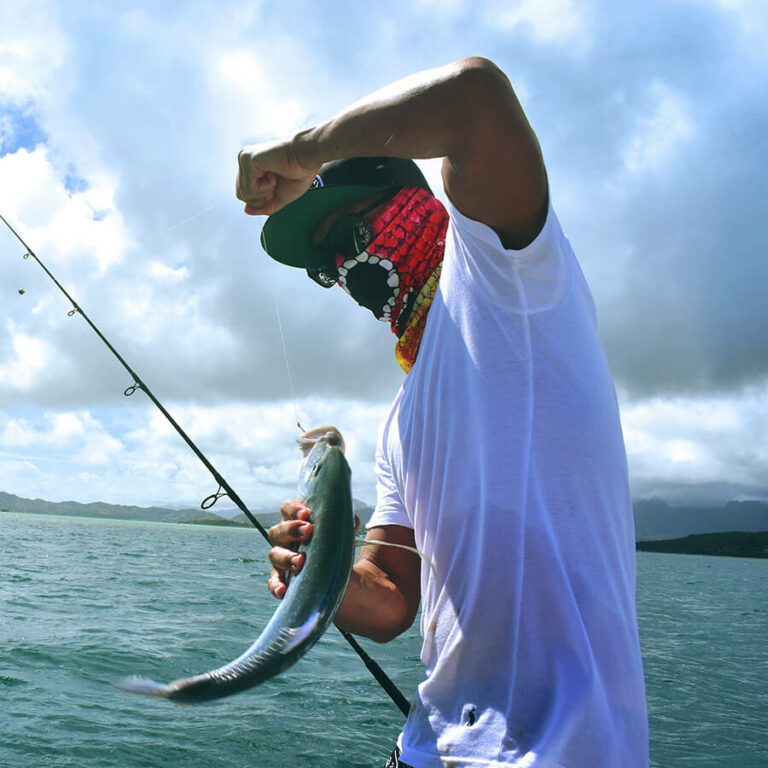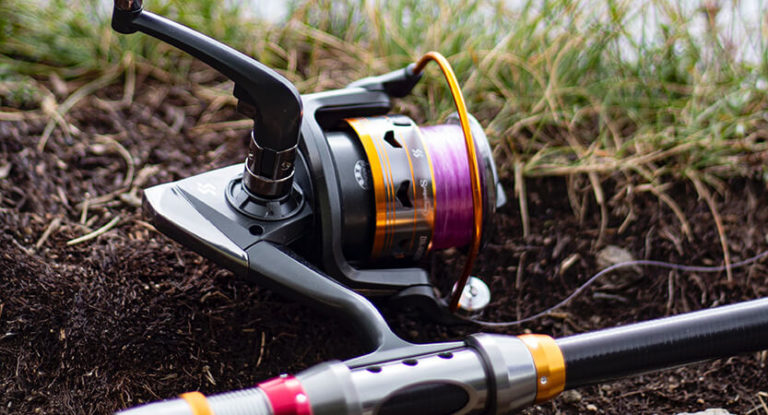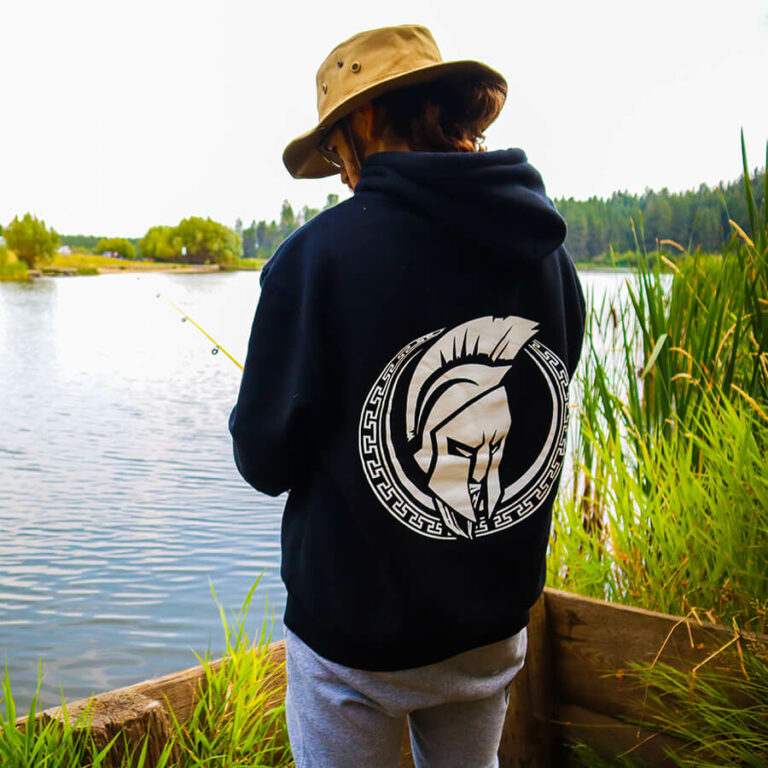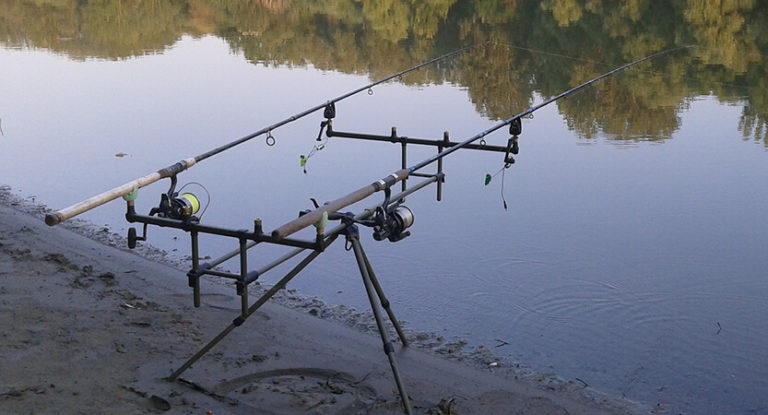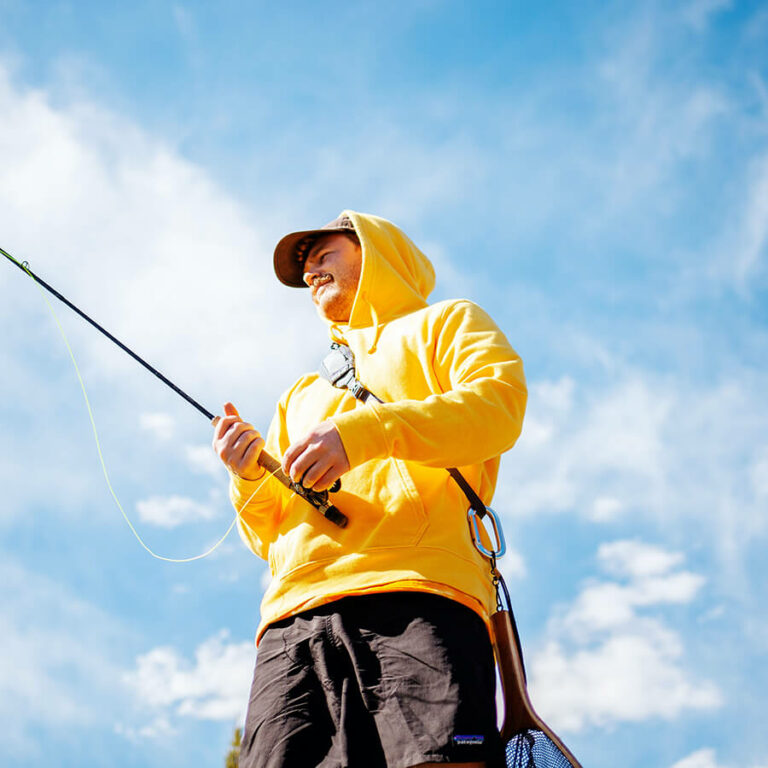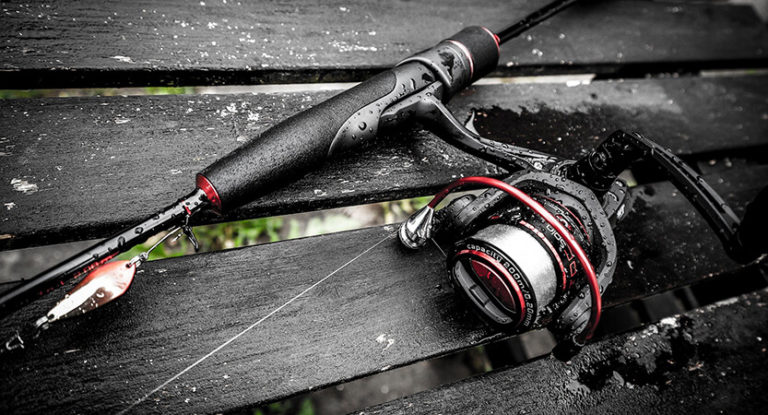Bonito, sarda sarda, or sardini belong to the mackerel family. In appearance, the fish resemble tuna. This is a schooling fish that grows to a relatively large size. Some species reach a length of 180 cm (Australian bonito). Basically, fish of this genus are about 5-7 kg in weight and length, on the order of 70-80 m. The body is spindle-shaped, slightly compressed laterally. Schools of fish are numerous and well organized. It is rather difficult for predators to disorganize the bonito group.
Here is an overview of the content of this tutorial, feel free to jump to any section you care about:
For more fishing instructions, take a look at these popular Trizily links: Halibut Fishing, Squid Fishing.
- The 7 best baitcasting reels 2022
- The 7 best spinning rods 2022
- The 10 best fish finders for the money 2022
- The 7 best underwater fishing cameras 2022
Bonito Fishing
Characteristics of bonito
Fish prefer to stay in the upper water layers, the main depths are up to about 100 – 200 m. The main habitat is the continental shelf zone. They themselves are active predators, in addition to squid, shrimp and small invertebrates, they feed on small fish. Bonito are a fast-growing species, according to some information, fish can gain up to 500 g in a few months. The diet may also have its own juveniles. The genus includes several species. They are divided regionally, in addition to the named Australian bonito, Chilean and Eastern are also known. The Atlantic is inhabited by the Atlantic or ordinary bonito.
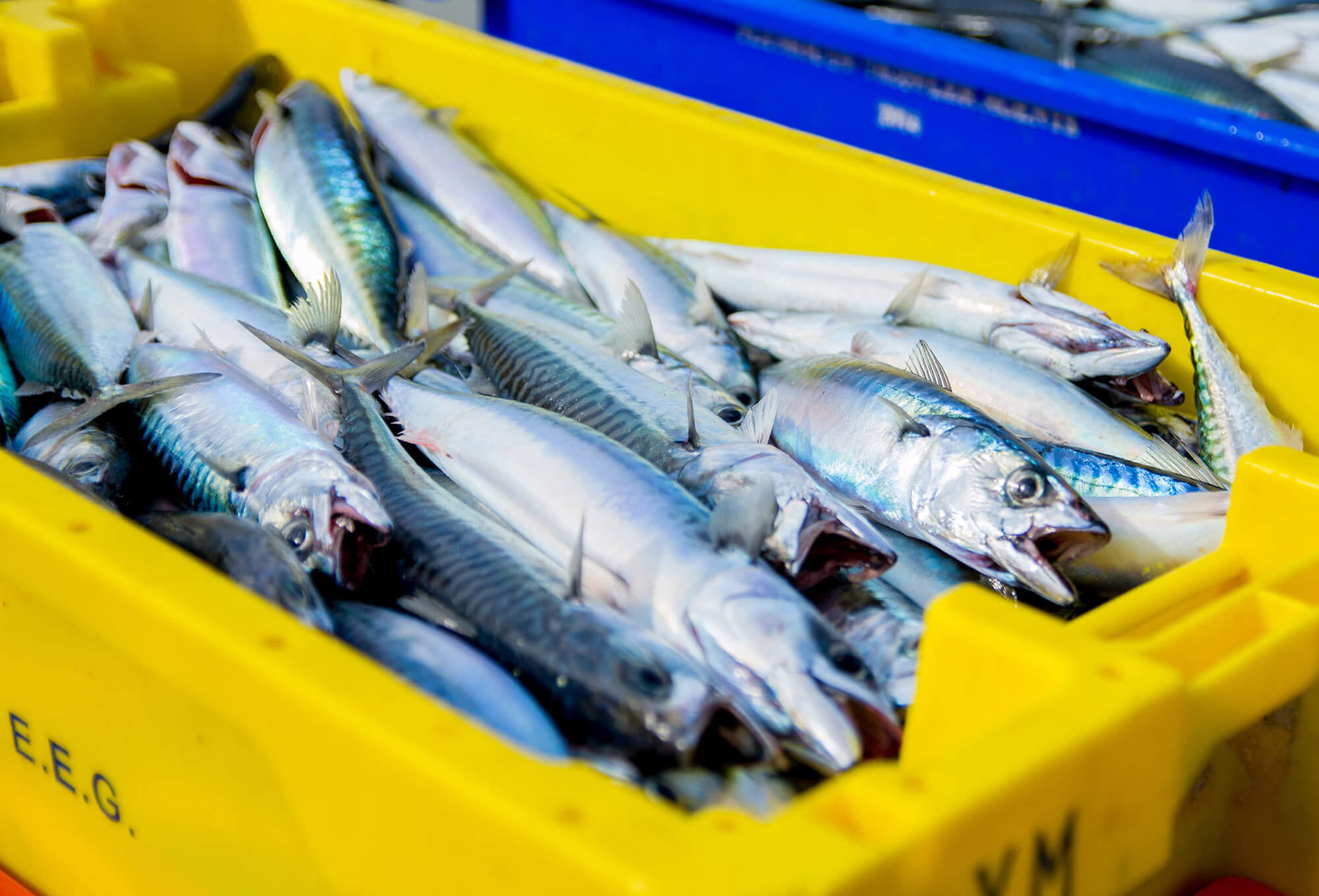
Reproduction habit of bonito
Fish lives order, 5 years. Maturity occurs in 1-2 years. Spawning takes place in the upper layers of the pelargic zone. Spawning time is extended to all summer months. Portion spawning, each female, for a spawning period can lay up to several thousand eggs.
Bonito fishing guide: Techniques, bait and gear
Bonito fishing techniques
The methods for catching bonito are quite diverse. They are mostly associated with fishing from the coast or in the coastal zone from boats. Bonito is actively caught in many seas, so fishermen have developed their own traditional ways of catching this fish. Among the popular ones are: fishing for spinning lures, “tyrant” and other types of equipment with artificial nozzles, fly fishing, fishing for “dead fish”. Here it is worth noting that for fishing bonito, they use original equipment, for example, “on the cork”. In particular, for the most part, the bonito are small-sized fish, they are also caught on float fishing rods from the shore.
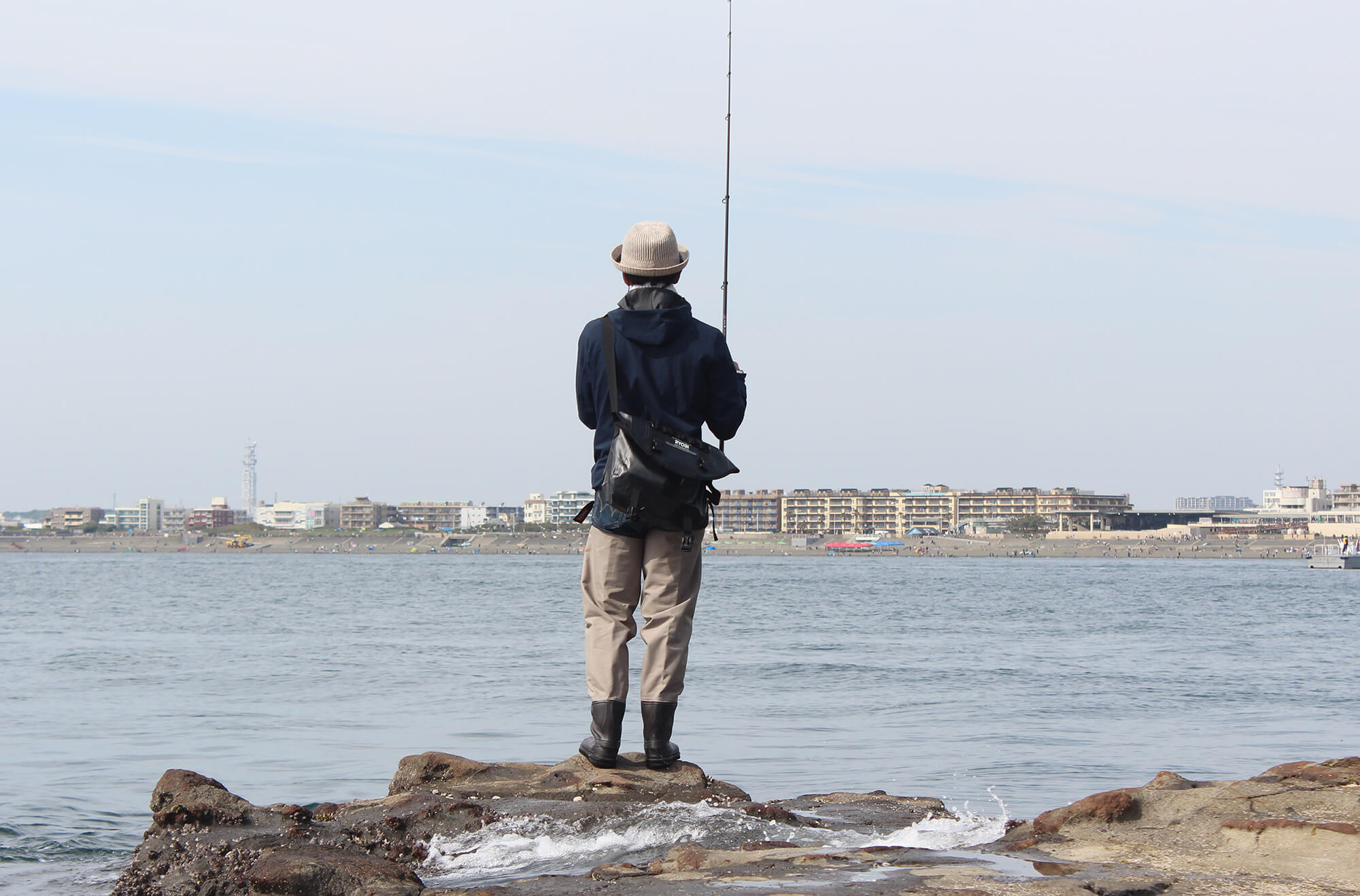
Spinning for bonito
When choosing gear for fishing on a classic spinning, when fishing on a bonito, it is advisable to proceed from the principle of “size of the bait – the size of a trophy.” In addition, the priority should be the approach – “onboard” or “shore fishing”. Sea vessels are more convenient for fishing on a spinning rod than from the shore, but there may be limitations. When fishing bonito, “serious” marine gear is not required. Although it is worth noting that even small fish are desperately resisting and this gives a lot of pleasure to fishermen.
Bonito are kept in the upper layers of the water, and therefore fishing on classic lures is most interesting on spinning rods from marine boats: spinners, wobblers, etc. Reels should be with a good supply of fishing line or cord. In addition to a trouble-free brake system, the reel must be protected against salt water. In many types of marine fishing techniques, very fast wiring is required, which means a high gear ratio of the winding mechanism. According to the principle of action, the reels can be either multiplier or inertialess.
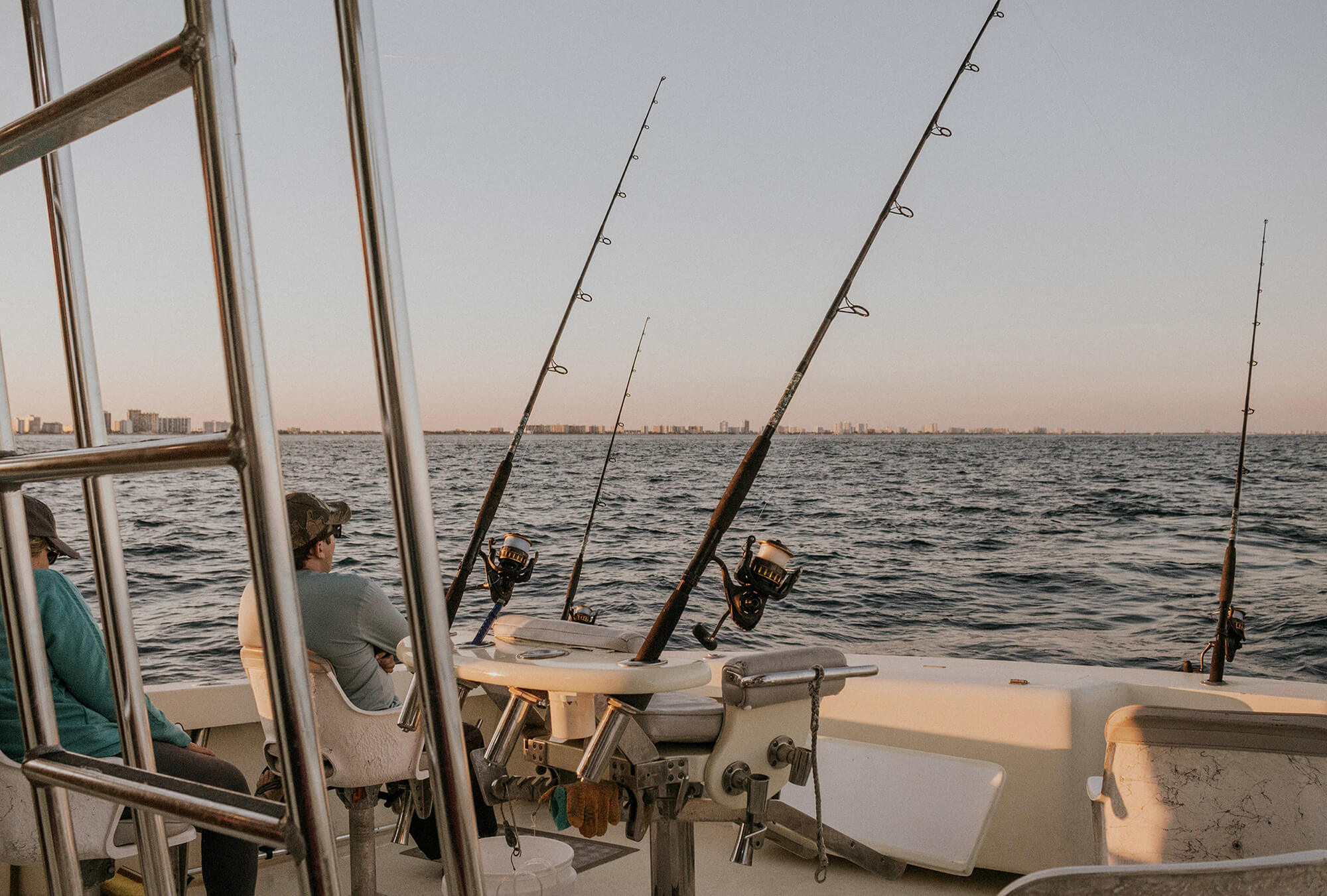
Accordingly, the rods are selected depending on the reel system. The choice of fishing rods is very diverse, at the moment, manufacturers offer a large number of specialized “blanks” for various fishing conditions and the type of bait. When fishing for spinning marine fish, the fishing technique is very important. To select the correct wiring, you must consult experienced fishers or guides.
Catching bonito on tyrant tackle
Catching “tyrant”, the name is widespread enough and is used by fishers around the world. There are small regional differences, but the principle of fishing is the same everywhere. It is also worth noting that the main difference between the snap-in is related to the size of the extraction. Initially, the use of any rods was not provided. A certain amount of cord is wound around an arbitrary reel depending on the depth of fishing, this can be up to several hundred meters. At the end, a sinker is fixed with an appropriate weight of up to 400 g, sometimes with a loop at the bottom to secure an additional leash.
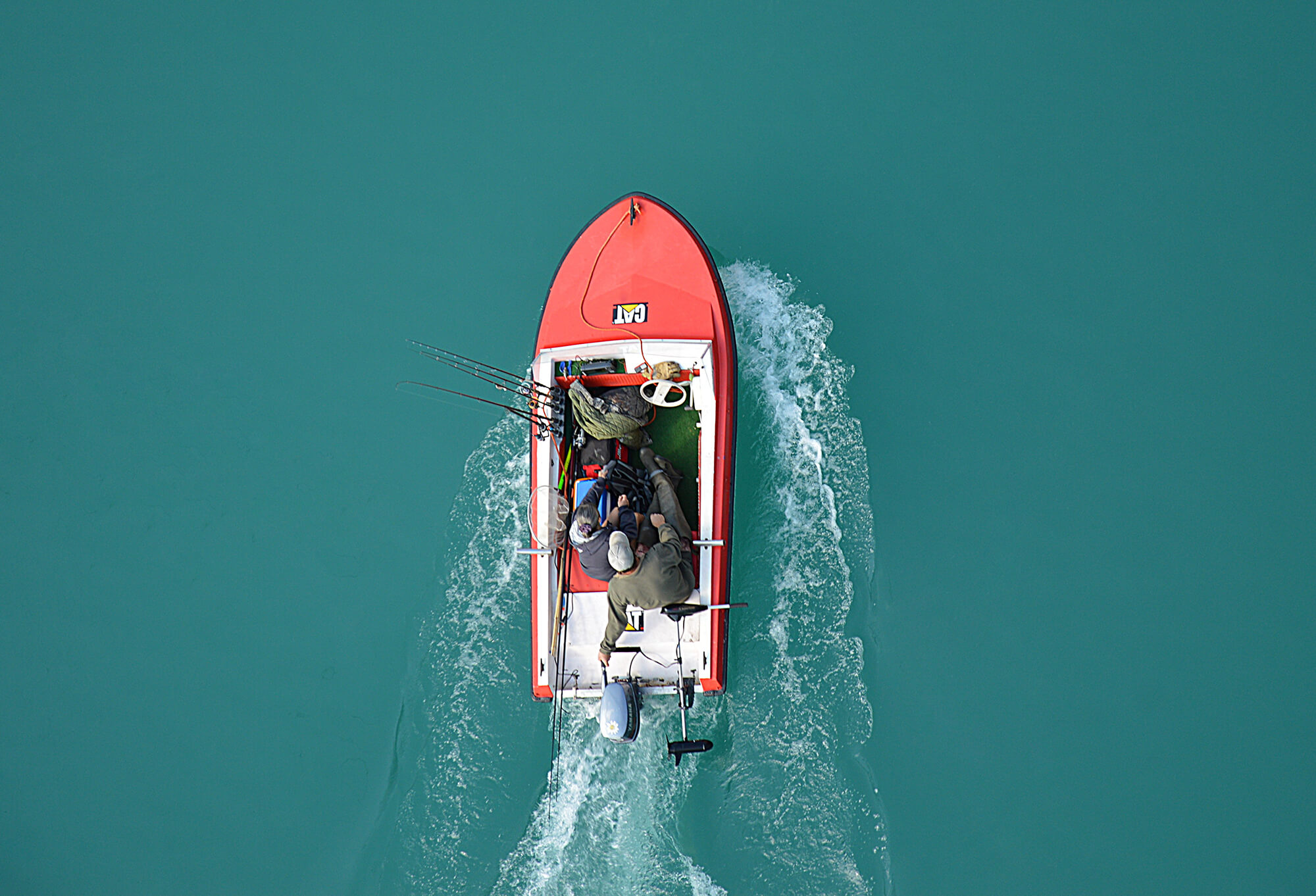
Leashes are fixed on the cord, most often, in the amount of about 10-15 pieces. Leashes can be made of materials, depending on the intended catch. This can be either a monofilament, or a metal lead material or wire. It should be clarified that sea fish are less “finicky” to the thickness of the rigs, so you can use fairly thick monofilms (0.5-0.6 mm).
Some other experience when fishing with this fishing gear
With regard to the metal parts of the equipment, especially the hooks, it should be borne in mind that they must be coated with corrosion, because sea water corrodes metals much faster. In the “classic” version, “tyrant” is equipped with baits with attached colored feathers, woolen threads or pieces of synthetic materials. In addition, small spinners, additionally fixed beads, beads, etc. are used for fishing. In modern versions, when connecting parts of the equipment, various swivels, rings and so on are used. This increases the versatility of the gear, but can damage its durability. It is necessary to use reliable, expensive accessories.
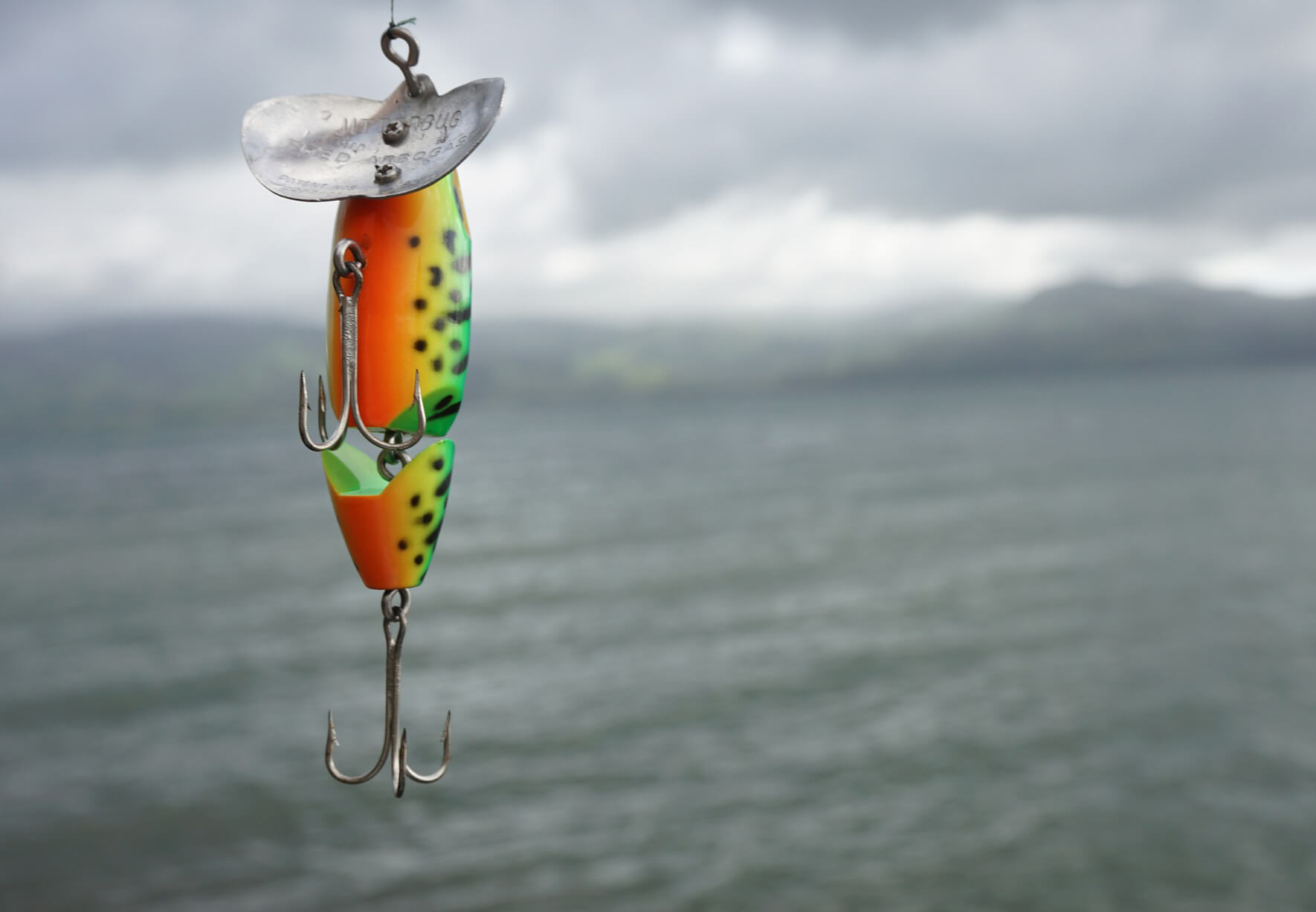
On specialized vessels for fishing on the “home-made”, special on-board devices for winding tackle may be provided. This is very convenient when fishing at great depths. If fishing takes place from ice or a boat, on relatively small cords, then ordinary reels that can serve as short fishing rods are enough. In any case, when preparing fishing gear, the main leitmotif should be convenience and simplicity during fishing. “Samodura” is also called multi-hook equipment using a natural nozzle. The fishing principle is quite simple, after lowering the sinker in a vertical position to a predetermined depth, the fisherman makes periodic twitches with gear, on the principle of vertical luring. In the case of active biting, this is sometimes not necessary. “Landing” fish on hooks can occur when lowering the equipment or from the pitching of the vessel.
Bonito fishing bait
Bonito, as already mentioned, quite voracious, albeit relatively small predators. Various baits are used for fishing, in particular, for fishing for spinning, wobblers, spinners, and silicone imitations are used. Of natural baits, slicing of fish and shellfish meat, crustaceans, etc. is used. When catching small bonito, given its greed, fishermen also use vegetable baits, for example, in the form of dough. In general, fishing for this fish is often associated with amusing cases when a small bonito is garland hung on hooks with foil from sweets.
Where to catch bonito
Bonito live in the tropical, subtropical and temperate latitudes of the oceans. The Atlantic bonito lives in both the Mediterranean. It lives at relatively shallow depths in the coastal zone. It is considered a valuable commercial fish.

